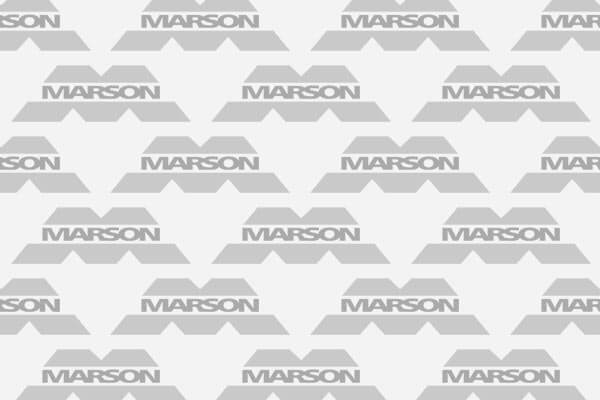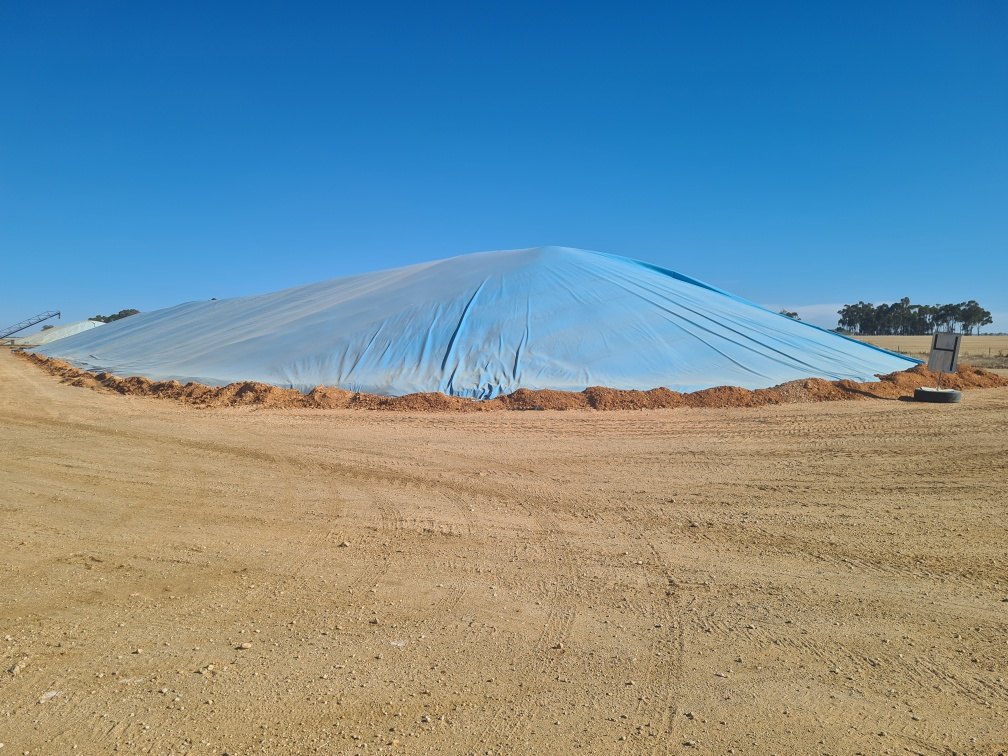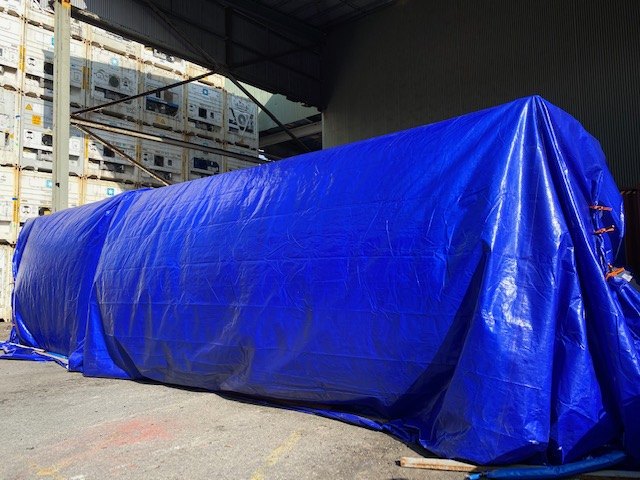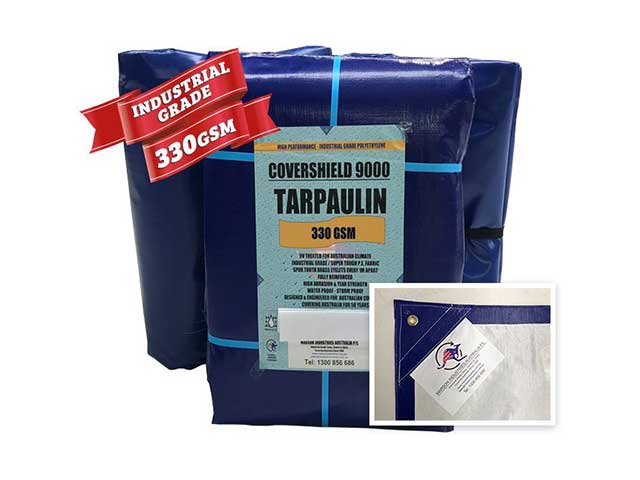Tarps, Covers & Liners. Industrial Textile Fabrication.
[fusion_builder_container hundred_percent=”no” hundred_percent_height=”no” hundred_percent_height_scroll=”no” hundred_percent_height_center_content=”yes” equal_height_columns=”no” menu_anchor=”” hide_on_mobile=”small-visibility,medium-visibility,large-visibility” class=”node” id=”” background_color=”” background_image=”” background_position=”center center” background_repeat=”no-repeat” fade=”no” background_parallax=”none” enable_mobile=”no” parallax_speed=”0.3″ video_mp4=”” video_webm=”” video_ogv=”” video_url=”” video_aspect_ratio=”16:9″ video_loop=”yes” video_mute=”yes” video_preview_image=”” border_size=”” border_color=”” border_style=”solid” margin_top=”” margin_bottom=”” padding_top=”” padding_right=”” padding_bottom=”” padding_left=””][fusion_builder_row][fusion_builder_column type=”1_1″ layout=”1_1″ spacing=”” center_content=”no” link=”” target=”_self” min_height=”” hide_on_mobile=”small-visibility,medium-visibility,large-visibility” class=”” id=”” background_color=”” background_image=”” background_position=”left top” background_repeat=”no-repeat” hover_type=”none” border_size=”0″ border_color=”” border_style=”solid” border_position=”all” padding_top=”” padding_right=”” padding_bottom=”” padding_left=”” dimension_margin=”” animation_type=”” animation_direction=”left” animation_speed=”0.3″ animation_offset=”” last=”no”][fusion_text]
In decades past, hazardous spills were either ignored completely or just washed away into creeks and rivers without a thought as to the damage they could cause. However, after thousands of catastrophes where entire fish populations were killed, people injured or poisoned, and long-term cleanups were needed, laws have been enacted to combat spills. Now, every company that handles any kind of chemical, many only slightly hazardous, has to have plans in place to handle a spill of any size.
There will be employees that have attended special classes that can take emergency action, clearing the area, containing the spill, and alerting special cleanup teams of the problem. In many cases, the mishandling of a spill could end in a fine, sometimes hefty, for the company responsible. There are even insurance policies to help cover the costs of cleanup and the liability for damages. There are a variety of spill control technologies that can help limit or control the damages, let’s take a look at some of them now.
- Good Spill Control Takes Planning And Preparation
The first part of handling spills will come with the education of all the workers involved in manufacturing, transporting, storing and using most types of chemicals and products. Keep in mind that too much of any type of product in a single spot can be considered hazardous to the environment. That would even include many types of food, such as ketchup, vinegar, or even salad oil, if they’re allowed to flow into a stream, storm sewer, or even a ditch, they could end up killing wildlife. Some salmon runs have taken a generation to return to some small streams but could be wiped out in a day by a truckload of milk.
This can be hard to fathom since many food products are edible but only in smaller quantities. Too much in a small stream could cause an overgrowth of bacteria which could suffocate all marine animals in the stream and require a complete rehabilitation program for years. This is the hardest thing to teach workers in any occupation that deals with large amounts of any product and that’s where spill control schools have to start.
- Prevention Through Safety Procedures Will Come Next
The next step in the learning process is to set up procedures that have to be followed carefully each and every time most products are made, transported, stored, sold, and then used. This would include double-checking valves on tanks to be sure they’re closed before the tank is filled. The same with transportation trucks, making sure their outlet valves are firmly closed before they leave the dock. More times than you can imagine, trucks have been pulled over by the State Patrol that have been leaking their cargo onto the highway for hundreds of miles.
This is why all valves need to be checked manually even if they are equipped with alarms or alerts since the cost of a single mistake can be so devastating. All tanks in the manufacturer’s facility should always have what is called spill containment bunding surrounding them so that any spill will be held in one place until it can be cleaned up properly. A spill containment bunding wall can be as simple as a small ridge of cement built up around a large tank that is sufficiently high enough to hold a substantial amount of spilled product.
Other bunding devices are more sophisticated and specially designed to capture the entire tank of spilled product. These are called spill pallets or intermediate bulk container bunds and they have high enough walls to hold up to 1000 liters when the capacity of the tank they are protecting has that much capacity as well. This is excellent insurance for there never being a spill too large to handle and no spill would ever be able to breach the bunding wall. These intermediate bulk containers, or IBC’s, are required for many of the more dangerous chemicals or food products that are hard to deal with when spilled.
The IBC’s can come in many different materials that are able to withstand all types of spills. Some are made from galvanized steel, PVC plastic, polyethylene plastic, and many other materials to meet the demands of the various industries that require them. The spill containment bunding technology has spread from the manufacturers to the transporters, and on to the storage facilities so that the products being contained are protected every step of the way. The IBC’s even have built in pallet jack openings so that they can be lifted, moved, and loaded onto a truck without ever leaving the IBC.
- Chemicals, Foods, and Wastes Aren’t The Only Products Needing Containment
When a construction project is started nowadays there is almost always an environmental impact statement filed. This shows the inspector from the municipality how the construction crew plans on control rainwater run-off from the property while they are working on the project. Digging foundations, septic systems, termite control barrier trenches and doing landscaping will all create huge amounts of silt, mud, and other problems for the local creek if not contained. Just one project on a creek could kill all the wildlife for a few years but several could mean the extinction of an entire eco-system.
For that reason, most building codes require special spill containment bunding walls be built around a project that will hold back the run-off and give it a chance to soak into the ground as it should. So, in this case, the bunding wall would be made from dirt and mounded up surrounding the property at its lowest point where the water would congregate. Sometimes the embankment would be covered with landscape cloth that would help hold it in place and keep the rain from washing the bunding wall away as well.
- Even Small Carriers Of Liquids Are Required To Have Spill Containment Kits
These kits will come in all shapes and sizes depending on what they are supposed to contain and how much of it there might be. They’ll usually consist of a highly absorbent material that can quickly suck up many times its own size and weight of most liquids. In other words a 5 lb. bag of absorbent can sometimes clean up 10 gallons of an oil spill by combining with it and making it semi-solid. After that, it can be scooped up with a shovel and put in a container then taken to a recycler for processing.
These highly absorbent materials have saved many a company thousands of dollars in fines by cleaning up a good sized oil spill in a few minutes. They are fairly inexpensive and most trucking and transportation companies carry them to clean up diesel spills, crankcase oil spill, transmission oil spills and any other type of containment needed.
There are tons of different spill kits that a company can purchase and they should have them on hand for every type of spill they could encounter. Businesses like grocery stores have nearly a hundred different chemicals and other products that could be hazardous in large amounts. Bleach, vinegar, drain cleaner, floor wax, laundry detergent, ammonia, large amounts of soft drinks, milk products, and even cooking oil can all create their own problems. Of course, in most places, a guy with a mop is all that’s needed for many of the non-hazardous spills that do happen. Care always needs to be taken to make sure that customers and employees don’t accidentally slip on spilled foods as they can be quite slick. Many lawsuits are filed every year by customers that have slipped and fallen on products in grocery stores.
- Why Hazmat Training Is So Important For Employees
Part of attending the hazmat classes is also learning which chemicals should never be placed near each other in the warehouse or on the sales floor. That would include such items as bleach and ammonia, or vinegar and baking soda, or drain cleaner and ammonia since all of these can create toxic fumes when mixed together. They should never be stored in the warehouse near each other since a forklift accident could rupture both and send people to the hospital with serious respiratory problems.
Another part of the training is to be able to recognize a dangerous situation and get everyone evacuated safely and quickly. In the event of a fire, there are lots of products that when they burn emit toxic fumes. Additionally, some household products like fingernail polish remover are explosive in a fire and there would be lots of bottles all together in the same area with hair spray which could also explode in a fire. After training, store clerks would recognize these dangers and know how to proceed to limit injuries to customers and employees.
While most people easily recognize pesticide storage, petroleum storage, chemical storage, electrical transformers, and other industrial facilities as being full of hazardous products, they rarely think of the local grocery store that way. The same goes for the local hardware store with all of the paint thinners, paints, paint removers, spray cleaners, and pesticides, as well. The auto parts store, nail salon, flower nursery and many other businesses have hazmat possibilities and so should have spill control kits and employees trained in using them on site at all times.
All businesses and homes should also have evacuation routs for all of their employees or residences with procedures and planning for meeting outside for a roll-call. More than once a parent has returned to the inside of a home on fire to look for a child that was already safe outside. If everyone knows where to meet or assemble outside these kinds of tragic miscues can be totally avoided. All upstairs bedrooms and other rooms should have easily openable windows with emergency rope or chain ladders to use to safely scale down the building to safety as well.
All businesses should take spill control and safety seriously since it’s a problem for the environment and for people as well. There are lots of online articles to help learn more about emergency procedures, but the best way is to get Hazmat certified by taking the classes. Some of them are available with online courses and exams with only a few hands-on labs while others are totally done with live instructors. Every business has to decide how important safety is and how much they’re willing to spend. It is possible to send just the supervisors to the live classes and then have lower tier employees take the online classes to mitigate the expenses and still have a well educated crew.
[/fusion_text][/fusion_builder_column][/fusion_builder_row][/fusion_builder_container]
Share this post




